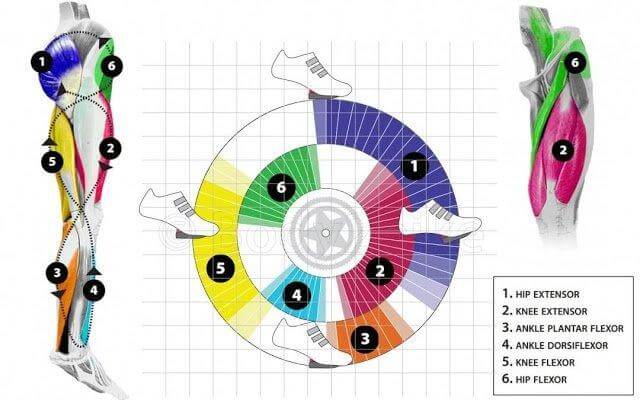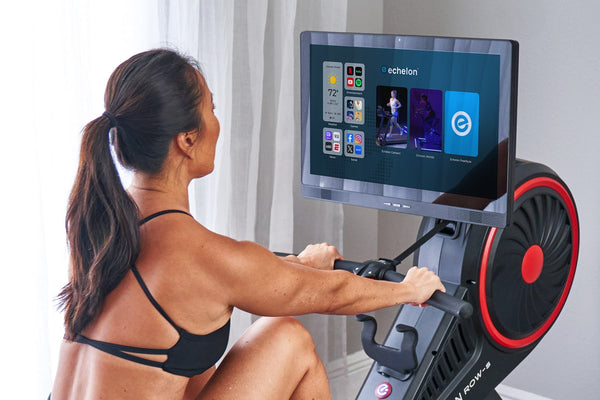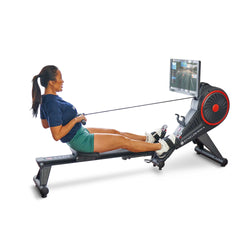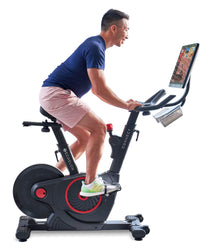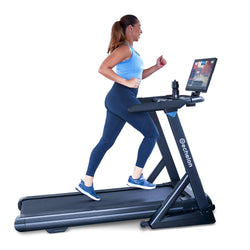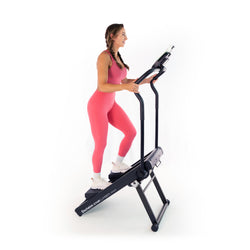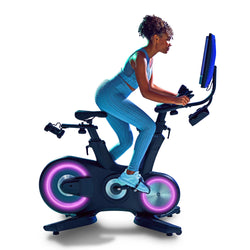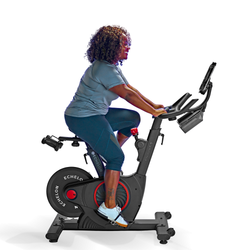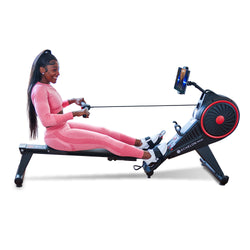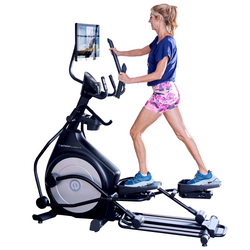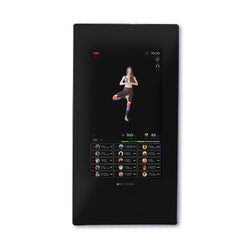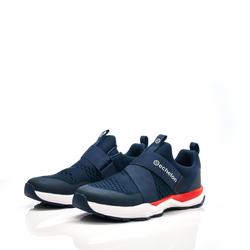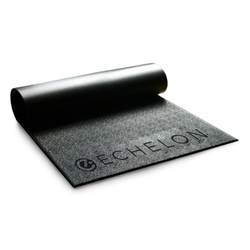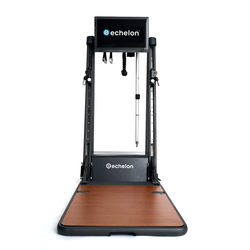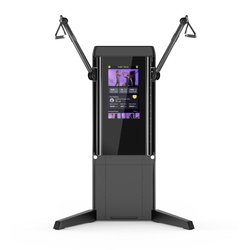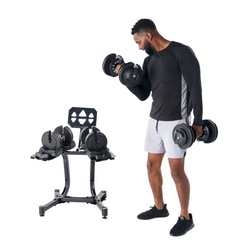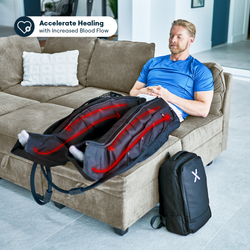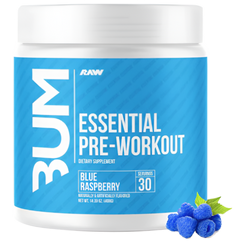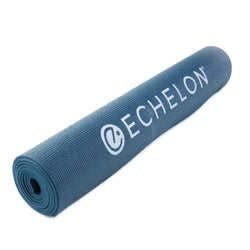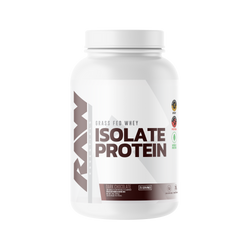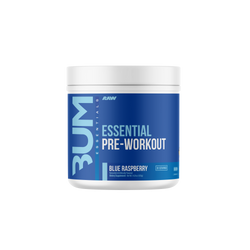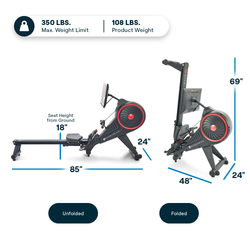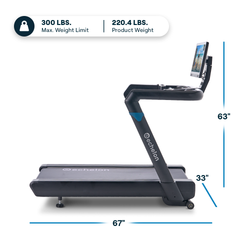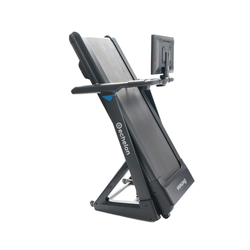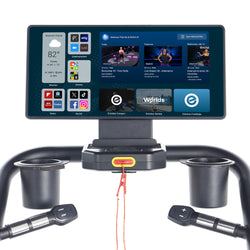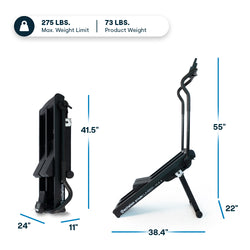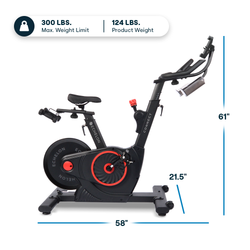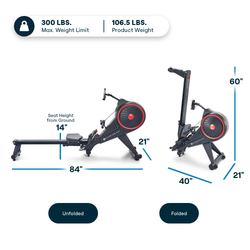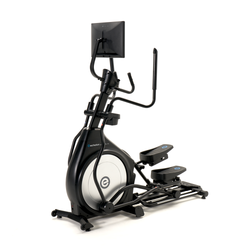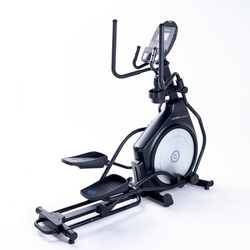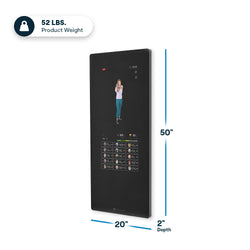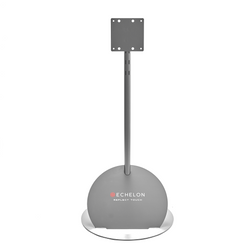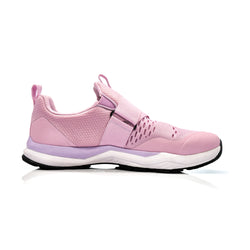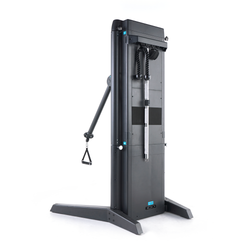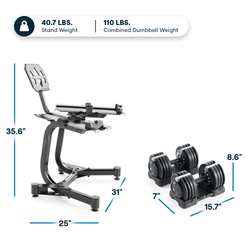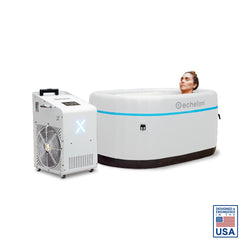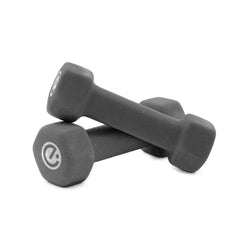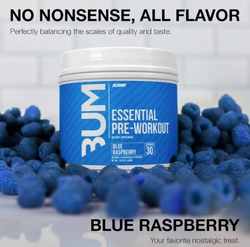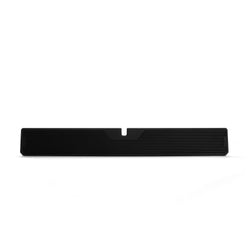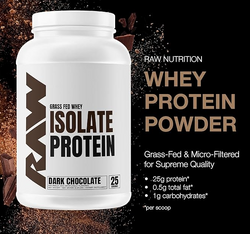
Source: Coach Rob Muller
A Few Words on Cadence
Revolutions per minute (RPMs), or cadence, is an important cycling metric. Pedal too fast and you lose your breath. Pedaling too slow overtaxes muscle, and you slow down.
So what’s the best cadence? It depends. Heavier riders with muscular legs tend to favor lower cadences, 60-80 RPMs. Lighter riders, strong in their own right, employ faster cadences, 80-100 RPMs. Their cadence, combined with a smaller mass, allows them to excel on hills and mixed terrain.
“Optimal cadence” dubbed by Norwegian sports scientists Foss and Hallén, is the pedal rate that generates your best performance. Generally, 60-110 RPMs is a safe range. Finding your optimal range takes time. Managing the continuous tradeoff between RPMs, power and heart rate is the greatest challenge for all cyclists.

Source: Research by Dr. James Martin
In 2012, Tour de France winner Bradley Wiggins challenged cycling’s hour record. Unlike his training for a three-week tour, Wiggins took a different approach for the 60-minute effort. “We’ve dropped the cadence (which often exceeded 105 RPMs) and I am trying to power my way along a bit more, get more distance per pedal stroke,” Wiggins told the UK Telegraph, He went on to set the record, 54.526km (33.88 miles) in one hour.
For recreational cyclists, the challenge is moving from your preferred cadence (your unconscious RPMs) and closer to your optimal cadence. This is not a one week or one month endeavor. Adding two to three RPMs to your average over six months is a worthy challenge. The improved efficiency will show up in your stats.
Here are a few pointers for your journey:
-
Engage legs muscles as you pedal. Don’t just pedal fast, pedal strong. Quads, hamstrings, calves, hip flexors--they all play a role in your ability to generate power as you pedal. Manipulate resistance to recruit muscle as you pedal.
-
Don’t forget to breathe. The goal is not to lose your breath. It’s to generate power over an extended period. Many cyclists take yoga classes to improve breathing. Former U.S. Olympic cyclist Mara Abbott teaches yoga and many others practice it. Mindfully inhale and exhale to find a rhythm you can maintain.
-
Pedal smoothly out of the saddle: Swinging side to side on the bike decreases the efficacy of your workout. Keep your hips over your heels and maintain cadence above 60 RPMs. Allow your legs, and not your torso, to generate effort.
-
Check your Bike Setup. Make sure you’re comfortable on the bike. Echelon provides a video on proper bike setup. You can also take a picture of yourself (leg extended downward) on the bike and email it to a cycling buddy or bring to a bike shop. Make small adjustments until you find your happy.

Source: Buzzfeed
5. Practice Low Cadence: Cadences between 60 and 80 are necessary on climbs and for longer intervals. As cadence decreases, avoid the temptation to excessively sway left and right--called the penguin. Control your breathing and consciously recruit leg muscles to achieve the benefits of low cadence cycling.
